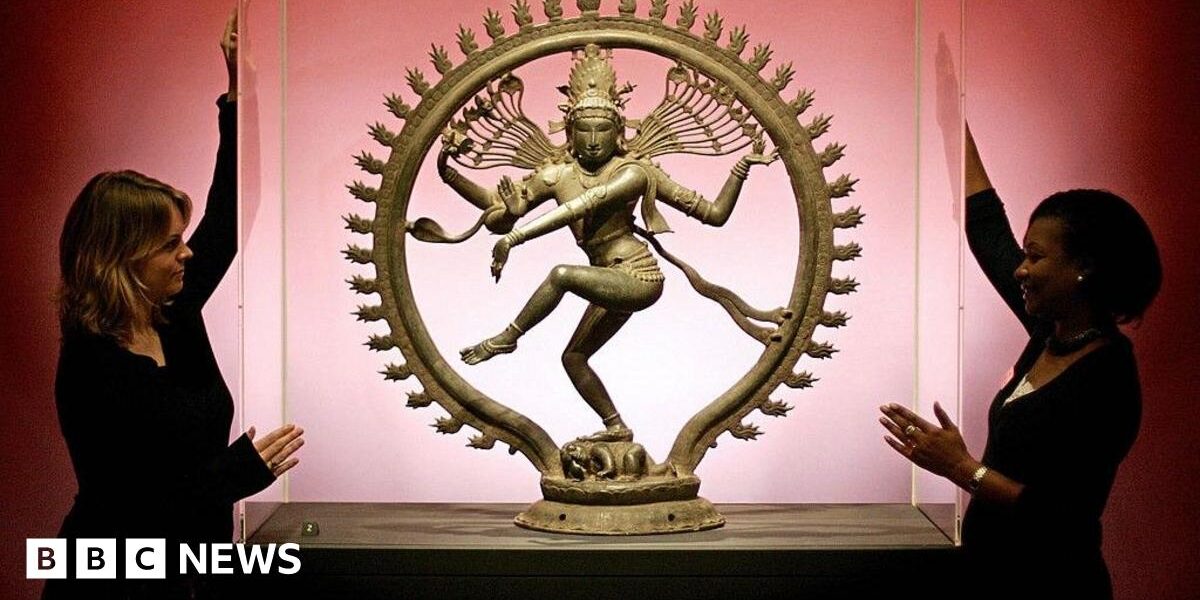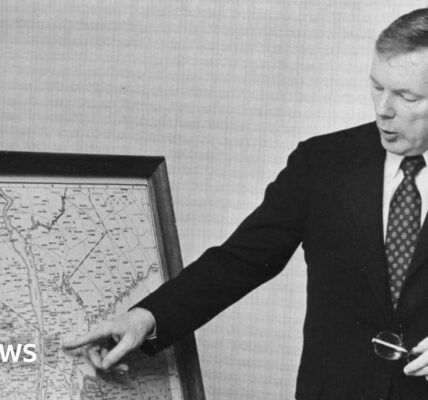The loot of conquest was lavished on his great imperial temple, known today as the Brihadishvara.
In addition to its precious treasures, the great temple received 5,000 tonnes of rice annually, from conquered territory across southern India (you’d need a fleet of twelve Airbus A380s to carry that much rice today).
This allowed the Brihadishvara to function as a mega-ministry of public works and welfare, an instrument of the Chola state, intended to channel Rajaraja’s vast fortunes into new irrigation systems, into expanding cultivation, into vast new herds of sheep and buffalo. Few states in the world could have conceived of economic control at such scale and depth.
The Cholas were as important to the Indian Ocean as the Mongols were to inner Eurasia. Rajaraja Chola’s successor, Rajendra, built alliances with Tamil merchant corporations: a partnership between traders and government power that foreshadowed the East India Company – a powerful British trading corporation that later ruled large parts of India – that was to come more than 700 years later.
In 1026, Rajendra put his troops on merchants’ ships and sacked Kedah, a Malay city that dominated the global trade in precious woods and spices.
While some Indian nationalists have proclaimed this to be a Chola “conquest” or “colonisation” in Southeast Asia, archaeology suggests a stranger picture: the Cholas didn’t seem to have a navy of their own, but under them, a wave of Tamil diaspora merchants spread across the Bay of Bengal.
By the late 11th Century, these merchants ran independent ports in northern Sumatra. A century later, they were deep in present-day Myanmar and Thailand, and worked as tax collectors in Java.





